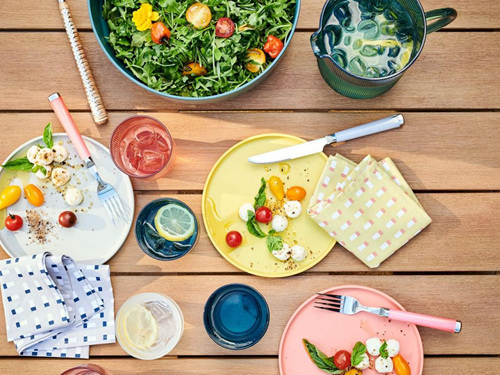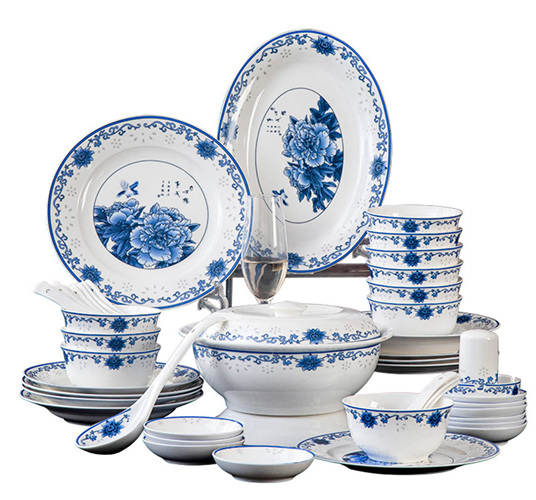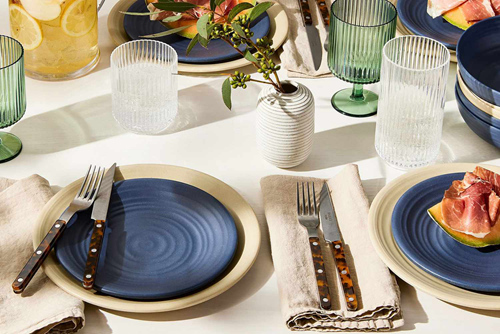Huafu Chemicals, the manufacturer of melamine tableware molding compound, seeks to underscore the differing characteristics of Chinese and Western tableware, which are shaped by their unique cultural influences. Let us explore the difference between these two types of tableware.

1. Design Style
Chinese Tableware: Chinese tableware showcases intricate ornate designs inspired by traditional Chinese art and culture. It incorporates Chinese patterns, dragon, phoenix and floral patterns, giving it a more decorative and luxurious look.
Western tableware: Western tableware is often characterized by clean lines and simple aesthetics. It covers classic, contemporary and modern designs.
2. Materials
Chinese tableware: Traditional Chinese tableware is made of porcelain, ceramics, bamboo and other materials. Known for its fine, translucent qualities, porcelain is extremely valuable. Ceramics are often hand-painted with intricate patterns, while bamboo tableware such as steamers and chopsticks are also widely used.
Western tableware: Western tableware is commonly used in porcelain, bone china, glass, stainless steel, etc. Porcelain and bone china are favored for their durability and elegant appearance, while glass and stainless steel are used for specific purposes, such as drinkware and tableware.

3. Shape and Size
Chinese tableware: Chinese tableware comes in various shapes and sizes to suit specific dishes or cuisines. The shape of the plate may be irregular, and the bowl is usually wider and shallower. Chinese tableware is usually designed for communal dining, where dishes are shared among diners.
Western tableware: Western Plates are usually round or square, while bowls are deeper and may come in a variety of shapes. Sizes are customized to the specific dishes in the meal.
4. Utensils
Chinese tableware: Chinese tableware mainly uses chopsticks as the main utensils. Chopsticks are used for picking up food, while spoons are used for soups and other liquid dishes.
Western tableware: Common utensils in Western tableware include knives, forks, spoons and other utensils. A fork and knife are often used together for cutting and eating solid foods, while a spoon is used for soups, desserts, and certain dishes.
5. Table Setting
Chinese Tableware: Chinese table settings often revolve around a communal dining experience, with shared dishes placed in the center of the table. Individual diners are usually provided with a small bowl, a pair of chopsticks and a spoon.
Western tableware: Western table settings usually involve individual place settings. Each diner receives his or her own set of plates, tableware and glassware. The layout follows a specific order, with plates and utensils placed in a structured manner.

These differences reflect the cultural and culinary traditions of Chinese and Western dining practices, as well as the historical influences that shaped tableware design in each region.